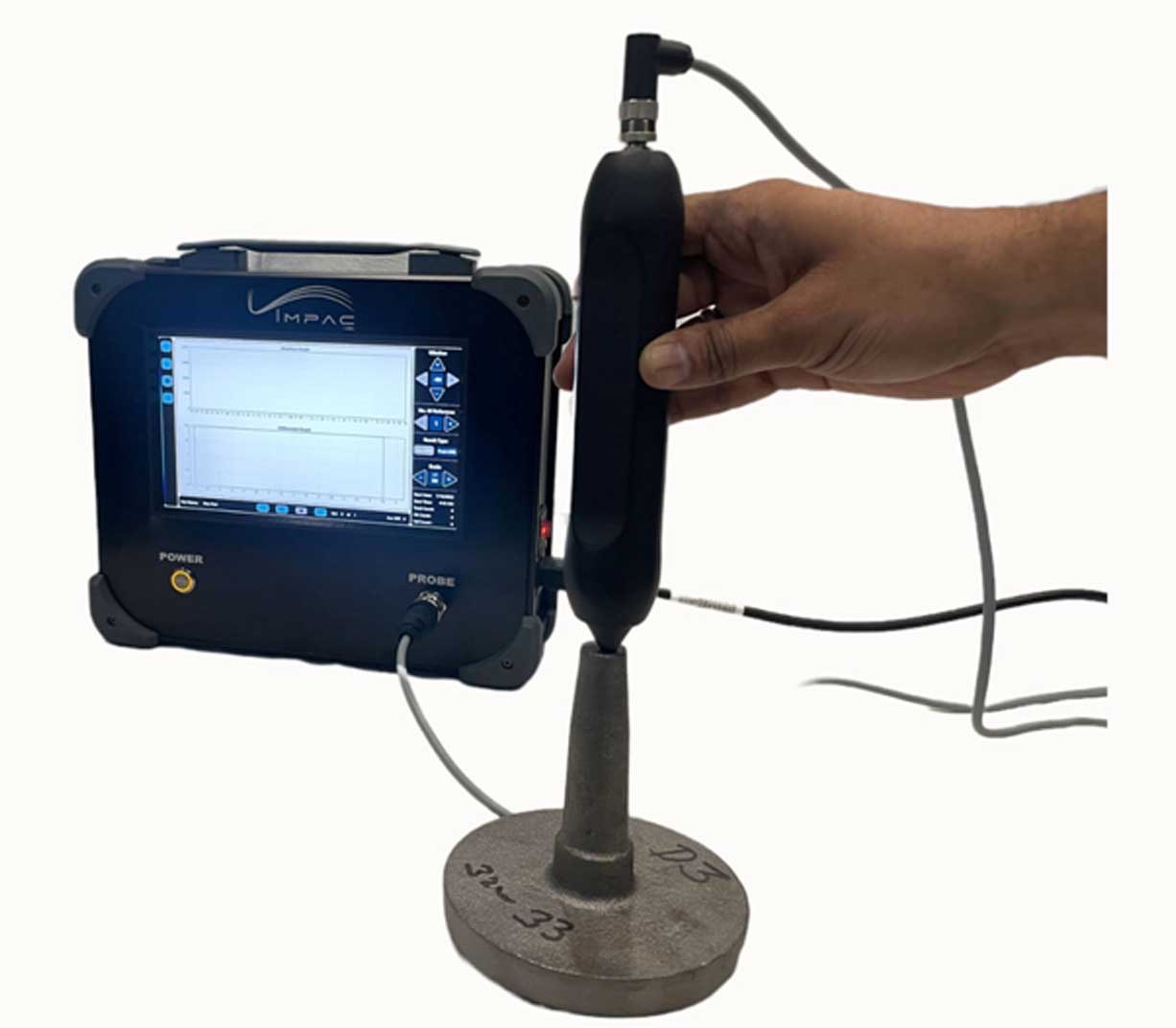Differential Flux Analysis (DFA)
Differential Flux Analysis (DFA) is a cutting-edge non-destructive testing (NDT) solution developed by a German company, Impac Labs GmbH. Its is a breakthrough technology that enables precise material characterization and quality control across a wide range of applications and industries.
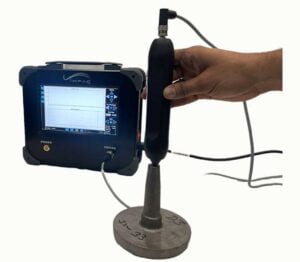
How DFA Works
Excitation with a ramp-shaped electromagnetic signal: The DFA process begins with the application of a ramp-shaped electromagnetic signal to the sample material.

Formation of eddy currents in the sample: The electromagnetic signal generates eddy currents within the sample, providing valuable insights into its material properties.

Sensor measures the voltage-time curve of the emitted field: The DFA system’s sensor captures the voltage-time curve of the emitted field, which serves as the sample’s unique inductive fingerprint.
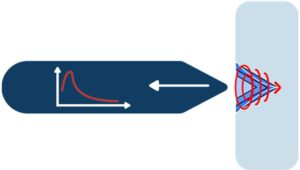
What Makes DFA Special?
Differential Flux Analysis (DFA) compensates unwanted external effects (like distance and orientation) on ferrous and non-ferrous parts and allows a repeatable and process stable measurement.
DFA’s compensation is based on the combination of a hardware-controlled lift-off of and a pulsed-ramped-linear current excitation.

What does it Solve?
Thickness measurement
DFA is particularly useful for metallic parts with metallic and non-metallic coatings, where the thickness of the individual layers is critical to the performance of the product.
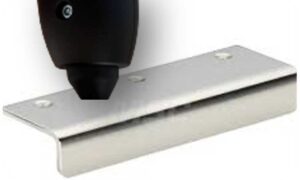
Hardness sorting
DFA can be used to quickly distinguish between hardened and non-hardened parts.
This can save time and effort during the assembly process and ensure that the desired quality of the product is achieved.
By using electromagnetic waves to penetrate through the layers and analyzing the reflection and absorption of these waves, DFA can provide accurate and non-destructive measurements of layer thickness

Material sorting
DFA is a powerful technique for analyzing materials based on their different electromagnetic properties. It allows for quick and automated testing, making it an efficient and cost-effective tool in many manufacturing processes.
By providing valuable insights into the behavior of materials, DFA can help to improve the quality and reliability of products and ensure the safety of users.
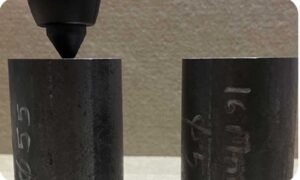
Advantages of DFA over Conventional Solutions
| Eddy | DFA |
| One specially designed coil per application | No special coil required. One sensor head for various applications. |
| Measurement result represents the average value | Point /line measurement possible resulting in pointed values at the desired area |
| Not Portable | Portable version available |
| OK part always to be present for comparison with the sample | OK parts can be calibrated and its data can be stored in the system |
| Testing of components at PPAP stage not possible | Easy testing of components during PPAP with DFA Lab equipment |
Use Cases
Hardened & not tempered
Not Hardened & not tempered
Non-Normalized
Banite (Microstructure NOK)
Hardness variation
Chemical composition NOK

